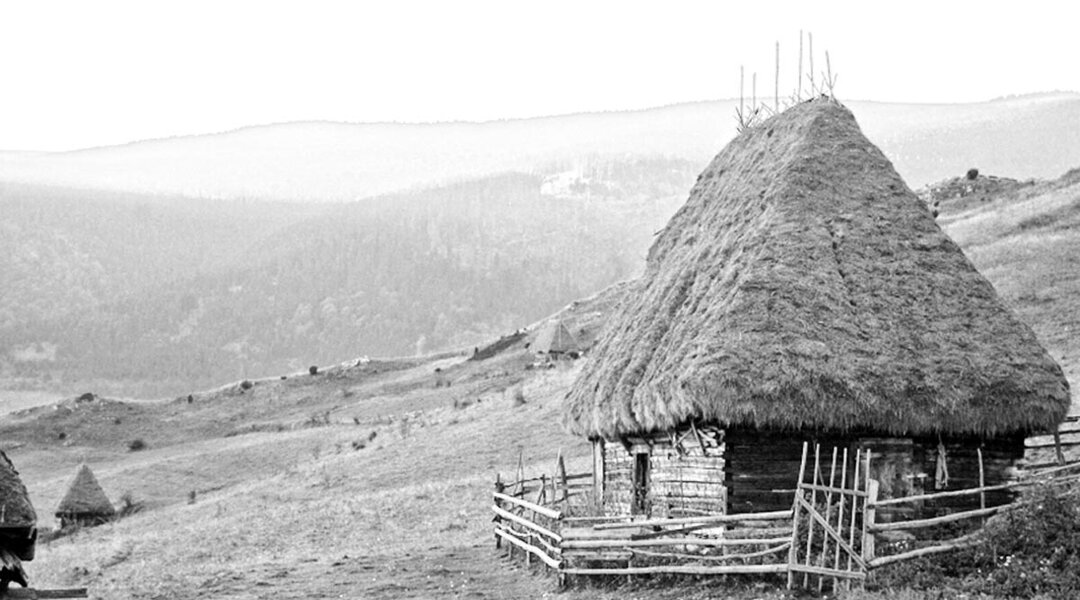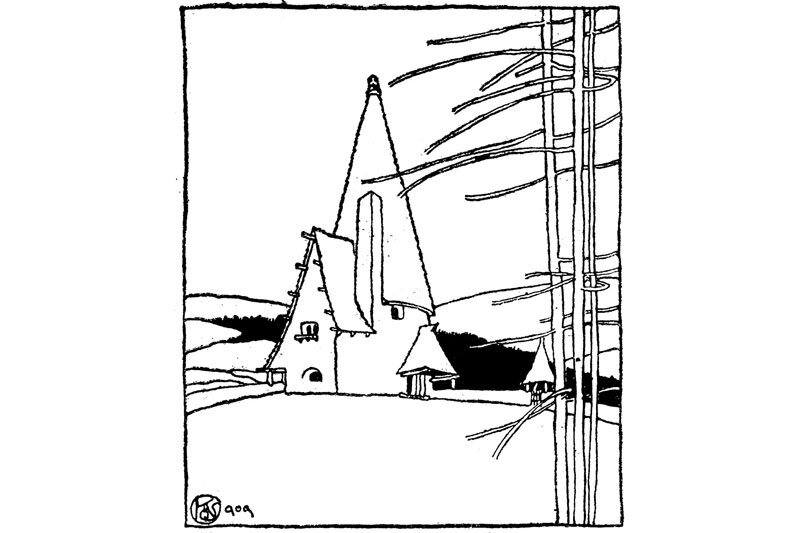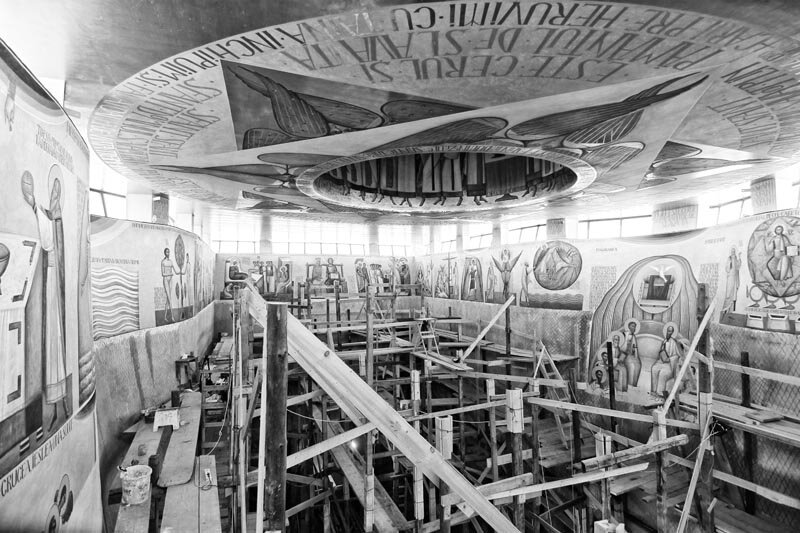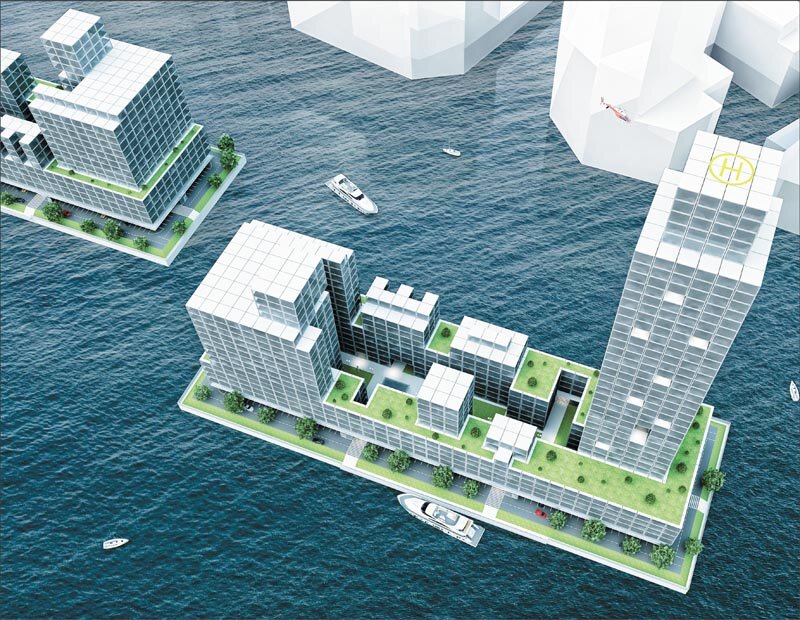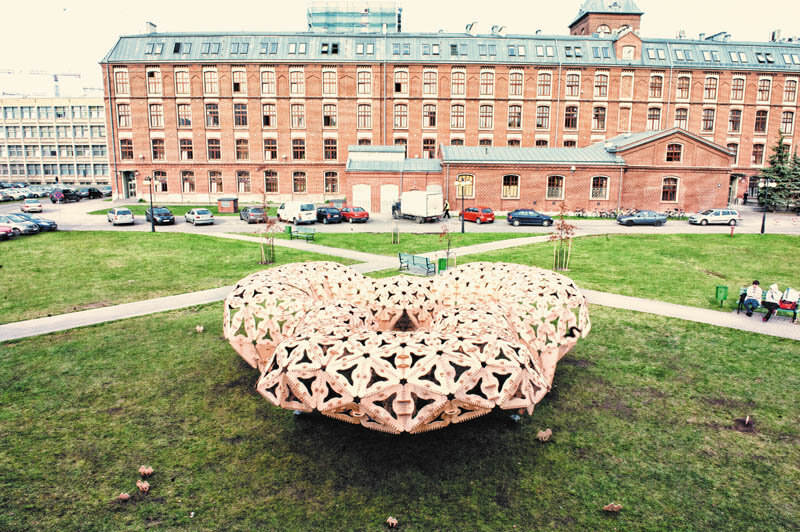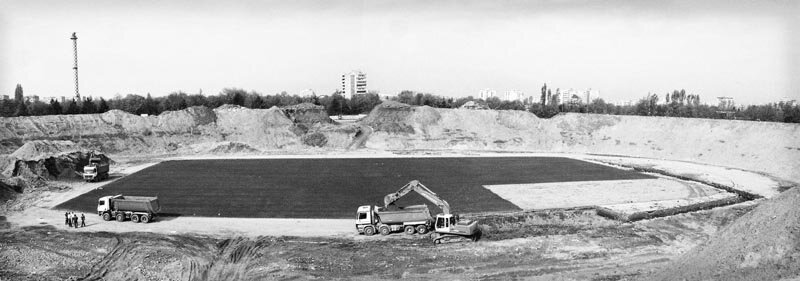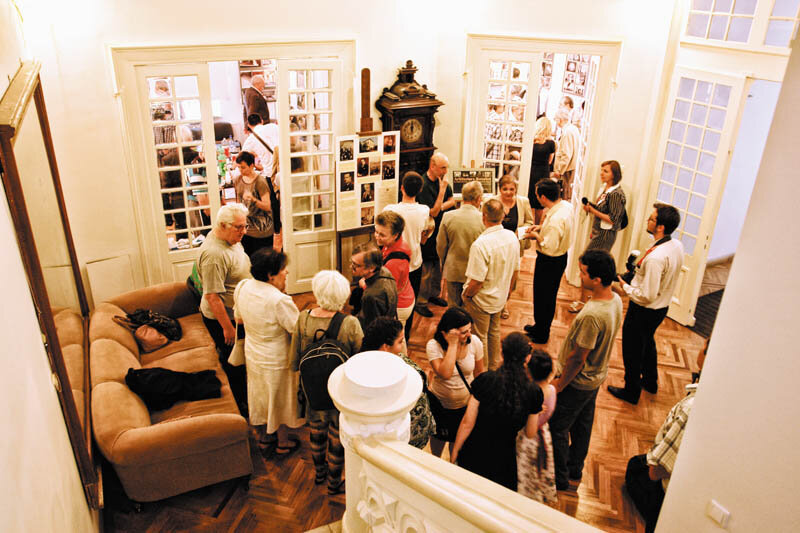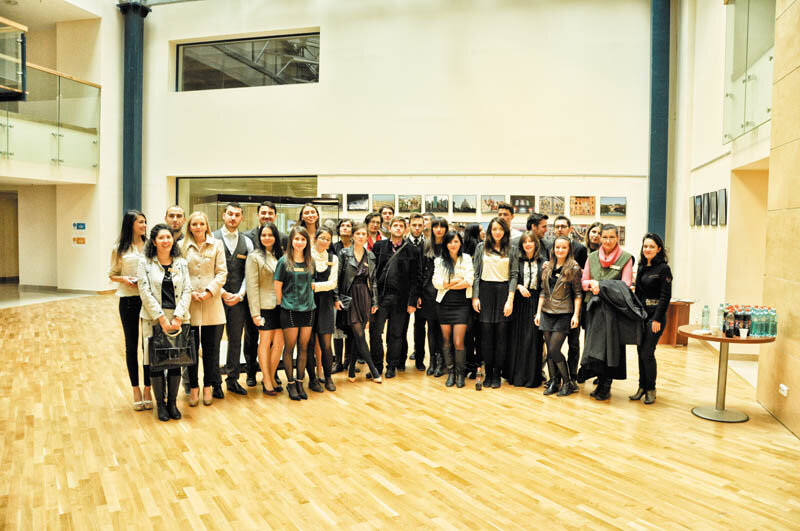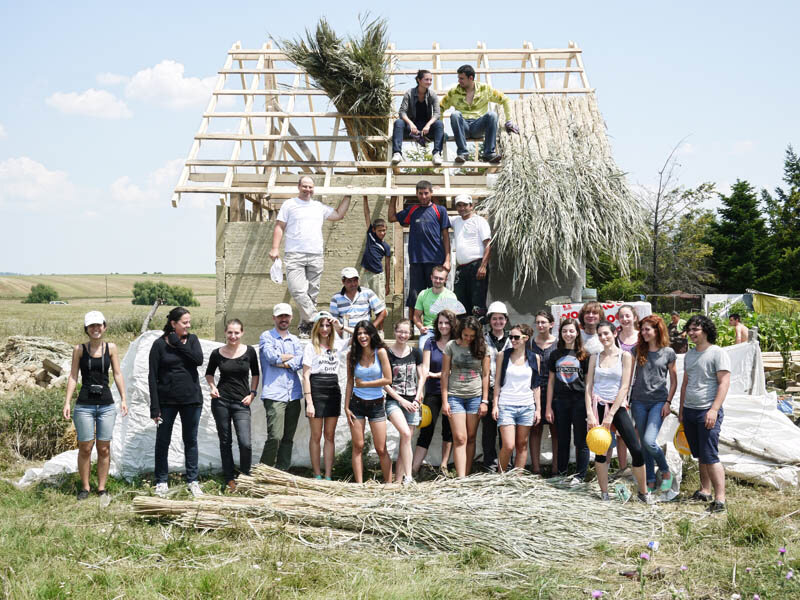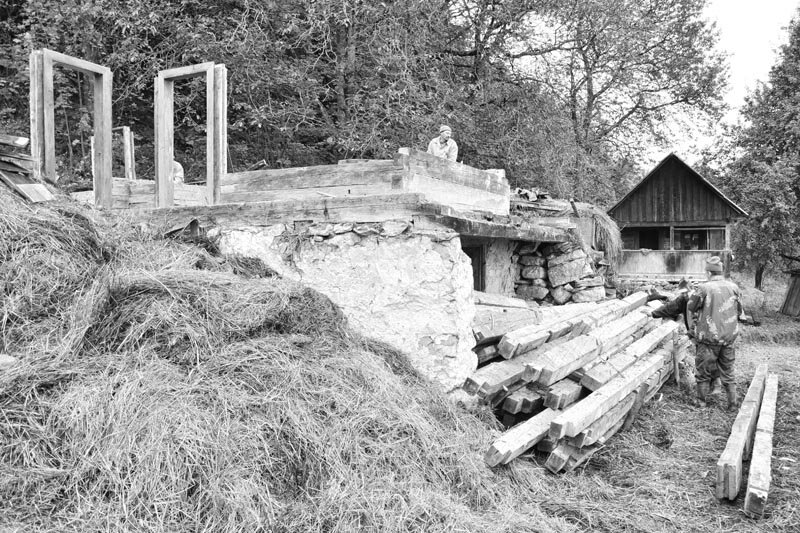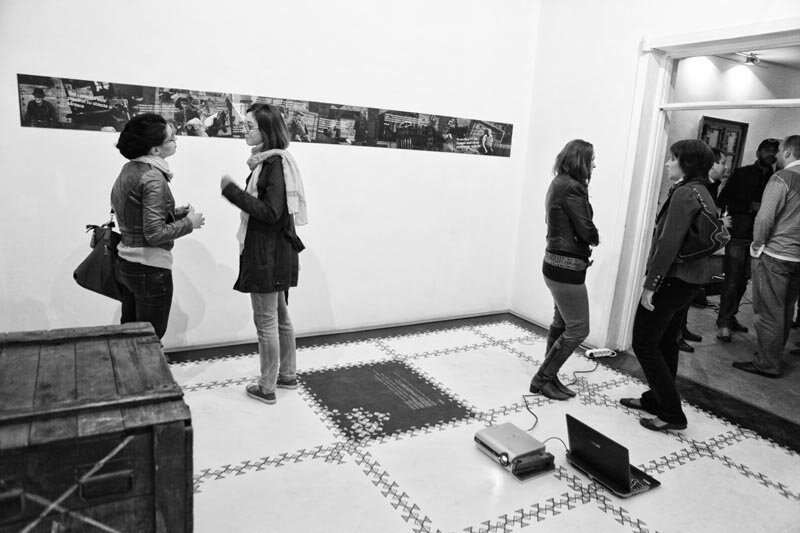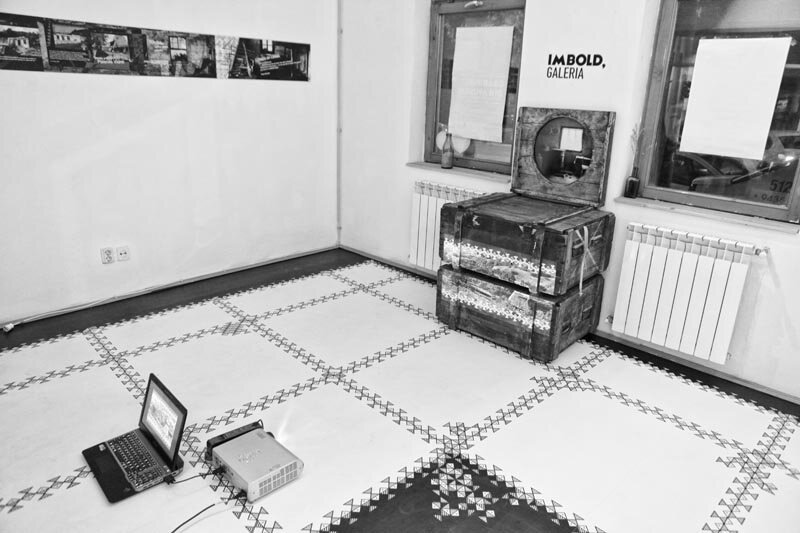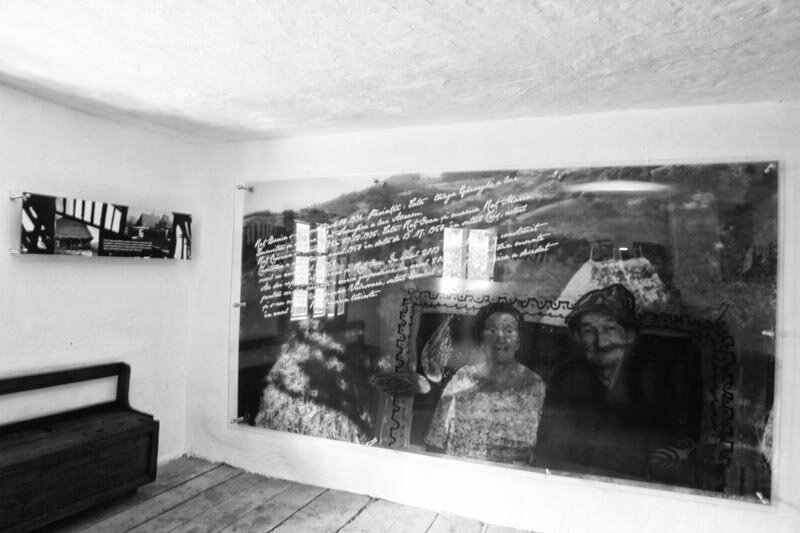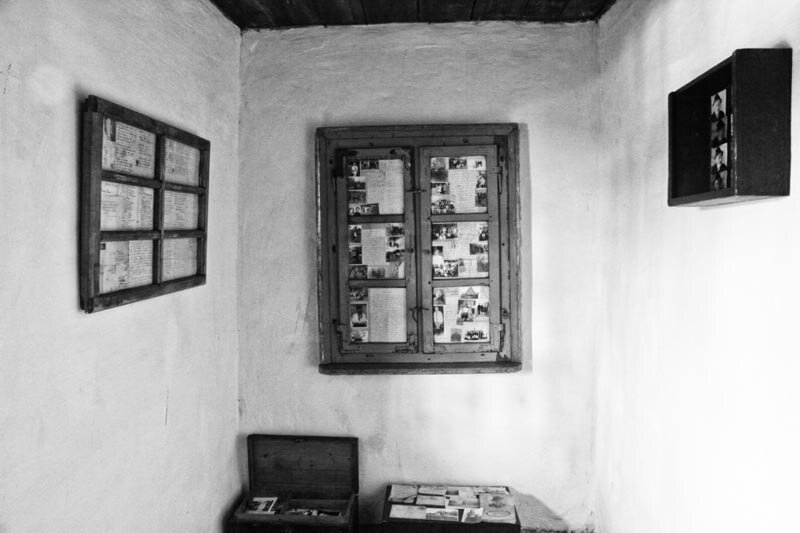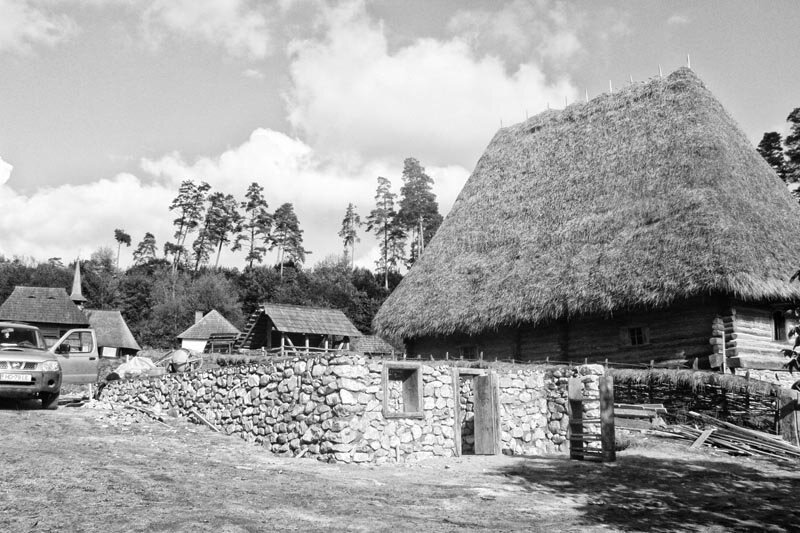
Groves in the Apuseni Mountains
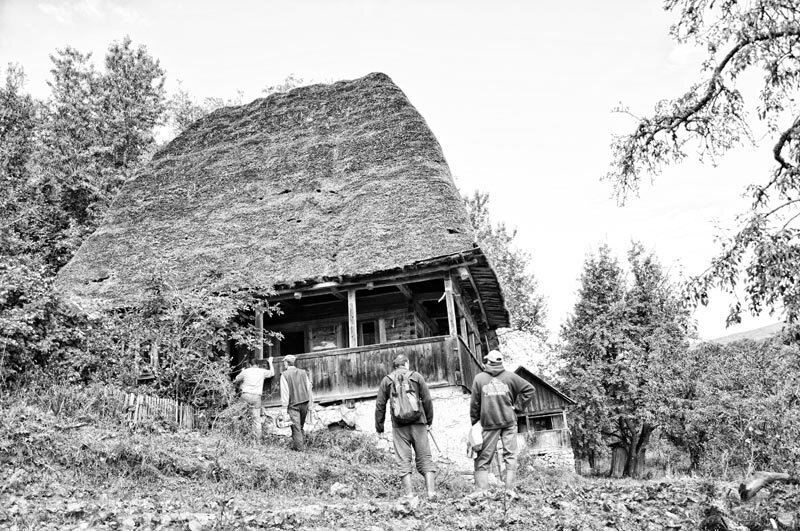
The project Groves in the Apuseni Mountains has focused on experiencing the status and biography of the ASTRA Museum in Sibiu, which inevitably brings with it the experience of the biography of the village in its actual data. This perspective on the ASTRA Museum involves specialized research on several levels and comes to best express the current dynamics of the institution and how it relates to contemporary social practices. Consequently, the orientation towards 'social folklore' and 'microsociology' engages the researcher in local communities and produces an openness to the process of recovering practices in rural communities.
At the same time, the special case of the ASTRA Museum is the fact that it is located within the natural area that encompasses the western part of the city, the Subarini Park, and continues with the Dumbrava Forest, the Sibiu Margin, extending as far as the Cindrel Mountains. In other words, the ASTRA Museum is part of a cultural landscape and at the same time an institution capable of exploiting it. Its peri-urban position between two brands with different cultural profiles, the city of Sibiu, the Marginimea and its own identity built in 50 years, gives the museum a freedom of action in a cultural market increasingly oriented towards the recovery and interpretation of minor heritage values.
The Grove in the Apuseni Mountains is an isolated community settlement, occupying large areas, with topographies, resources, occupations and practices specific to mountain and submontane areas.
The concept proposed by the Dala Foundation, integrated in the long-term development strategy of the ASTRA Sibiu Museum, was built on three levels: redefining the museum institution as a mediation tool between local communities and the public, experimenting with the landscape-garden and the museum as an exhibition of collective memory. Thus, in 2010, the idea of the pilot site took shape, which aimed, in a first stage, to explore the groves in the Apuseni Mountains.
Read the full text in issue 6/2013 of Arhitectura magazine

